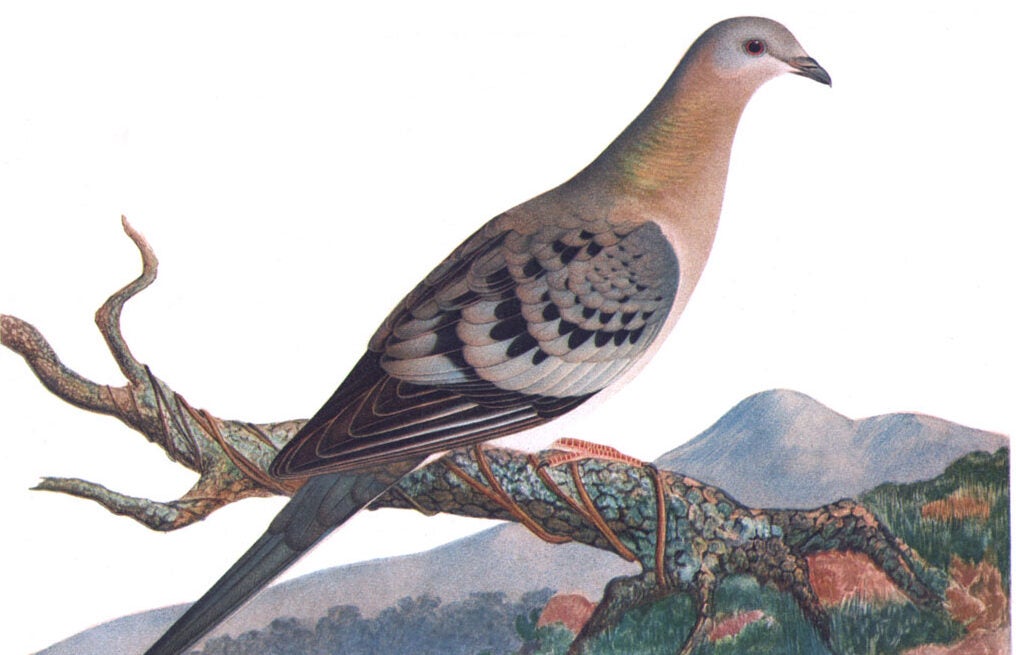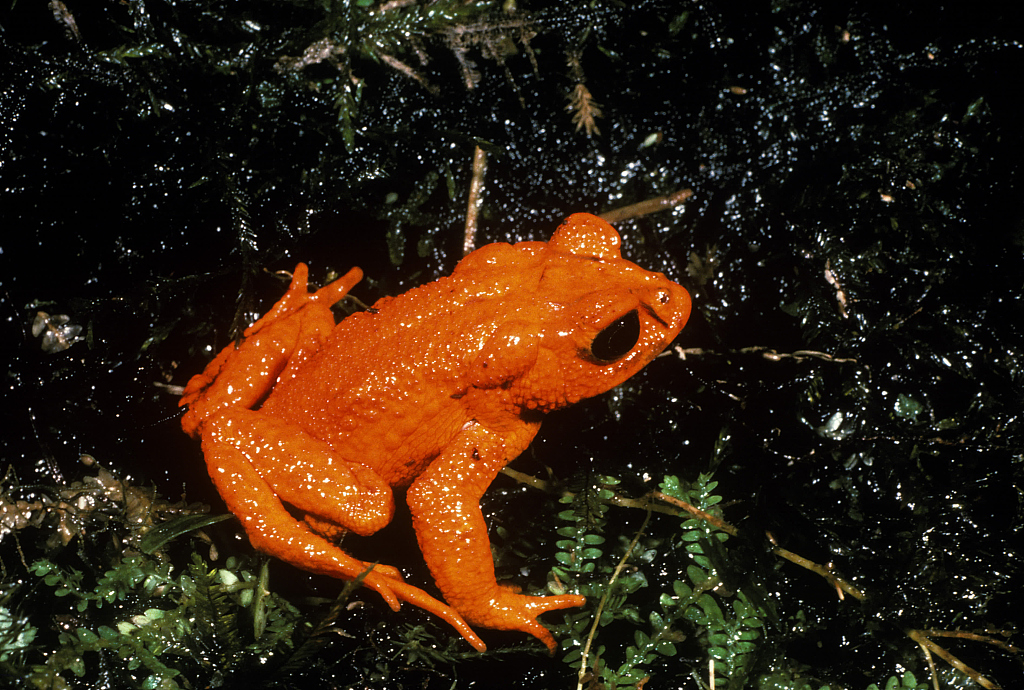10 Animals That Have Gone Extinct in the Last 100 Years
Extinction has always been a part of the natural order, but over the past century, human activity has accelerated the rate at which species disappear from the planet. From habitat destruction to climate change and poaching, these human-driven forces have pushed numerous animals to extinction.
This article will explore ten species that have vanished in the last century, shedding light on the circumstances that led to their demise and the lessons we can learn from their tragic losses.
Extinction Due to Habitat Loss and Human Activity
One of the primary reasons animals go extinct is habitat loss caused by deforestation, agriculture, and urbanization. Human encroachment on natural habitats has wiped out entire ecosystems, leaving many species with no place to live or reproduce.
- Passenger Pigeon

- Once numbering in the billions, the passenger pigeon was the most abundant bird species in North America. By the early 20th century, this species was wiped out due to large-scale hunting and deforestation. The last known passenger pigeon, Martha, died in captivity in 1914. Despite their vast numbers, the destruction of forests and mass hunting for sport and meat decimated their population, and they were unable to recover.
- Pinta Island Tortoise
- Known as the last of its kind, the Pinta Island tortoise faced extinction due to habitat destruction and overhunting by sailors who collected them as food. Lonesome George, the last known member of the species, died in 2012. His death marked the end of the species, symbolizing the devastating impact of human exploitation on vulnerable island ecosystems.
Impact of Poaching and Exploitation
Illegal poaching and exploitation for commercial gain have driven several species to extinction.
Animals are hunted for their skins, bones, or other valuable parts, often with no consideration for their long-term survival.
- Thylacine (Tasmanian Tiger)
- Native to Tasmania, the thylacine was a carnivorous marsupial often blamed for livestock deaths, leading to its widespread hunting. It was officially declared extinct in 1936 after the last known thylacine died in captivity. This species was not only hunted but also fell victim to habitat destruction and competition with introduced species like dogs.
- Western Black Rhinoceros
- Despite being one of the most iconic species in Africa, the Western black rhinoceros was driven to extinction in 2011, primarily due to poaching for their horns, which were prized in traditional medicine. Conservation efforts failed to save this subspecies, which became a stark symbol of the impact of illegal wildlife trade on large mammals.
- Caribbean Monk Seal
- Exploited for their oil and pelts, the Caribbean monk seal was hunted to extinction by the 1950s. These seals once roamed the Caribbean waters in large numbers, but overhunting by European settlers and the loss of their coastal habitats led to their rapid decline. Their extinction serves as a reminder of how over-exploitation of marine resources can have long-lasting impacts on biodiversity.
Climate Change and Environmental Shifts
Climate change and environmental alterations have become increasingly significant drivers of extinction, affecting species that are highly sensitive to changes in temperature, weather patterns, and ocean conditions.
- Golden Toad

- Native to a small area in Costa Rica, the golden toad was last seen in 1989 before being declared extinct in 2004. Its extinction has been linked to climate change, which altered the environment in which the toad lived, and the spread of chytrid fungus, which decimated amphibian populations globally.
- Japanese Sea Lion
- Once found in the coastal waters of Japan and Korea, the Japanese sea lion was declared extinct in the 1970s. A combination of overfishing, habitat destruction, and environmental changes contributed to its demise. The warming of ocean temperatures and increased human activity along coastlines severely impacted their population.
Isolated Ecosystems and the Fragility of Island Species
Isolated ecosystems, particularly islands, are home to species that have evolved unique adaptations over thousands of years.
However, their isolation also makes them incredibly vulnerable to even the smallest disturbances, such as the introduction of invasive species or human encroachment.
- Javan Tiger
- Once widespread across the Indonesian island of Java, the Javan tiger was driven to extinction in the 1970s due to habitat destruction from agricultural expansion and poaching. As forests were cleared for crops, the tigers lost their hunting grounds and were forced into smaller and more fragmented populations. Invasive species also competed with them for food, hastening their extinction.
- Pyrenean Ibex
- Native to the mountainous regions of the Pyrenees, the Pyrenean ibex went extinct in 2000. Overhunting and competition with domestic livestock led to their decline. In a groundbreaking scientific experiment, scientists attempted to clone the species, but the cloned ibex died shortly after birth, highlighting the complexities of attempting to reverse extinction.
- Baiji (Chinese River Dolphin)
- Once a common sight in China’s Yangtze River, the Baiji was declared functionally extinct in 2006. Its population declined due to heavy industrialization along the river, habitat loss, and collisions with boats. The Baiji’s extinction marks the loss of one of the few freshwater dolphin species and underscores the destructive impact of rapid industrial development on aquatic ecosystems.
Conclusion
The extinction of these species serves as a stark reminder of humanity’s responsibility toward preserving biodiversity. While these animals are gone, their stories highlight the critical need for stronger conservation efforts, habitat protection, and sustainable practices that consider the needs of the planet’s ecosystems. To prevent further loss of species, it is essential to address the root causes of extinction, from habitat destruction and illegal poaching to climate change and pollution.
Efforts such as protecting endangered species, regulating industries that affect wildlife, and encouraging global cooperation in conservation initiatives are vital to preserving the rich diversity of life on Earth. Only by acknowledging the irreversible damage of extinction can we ensure that future generations experience a world teeming with life.




































































